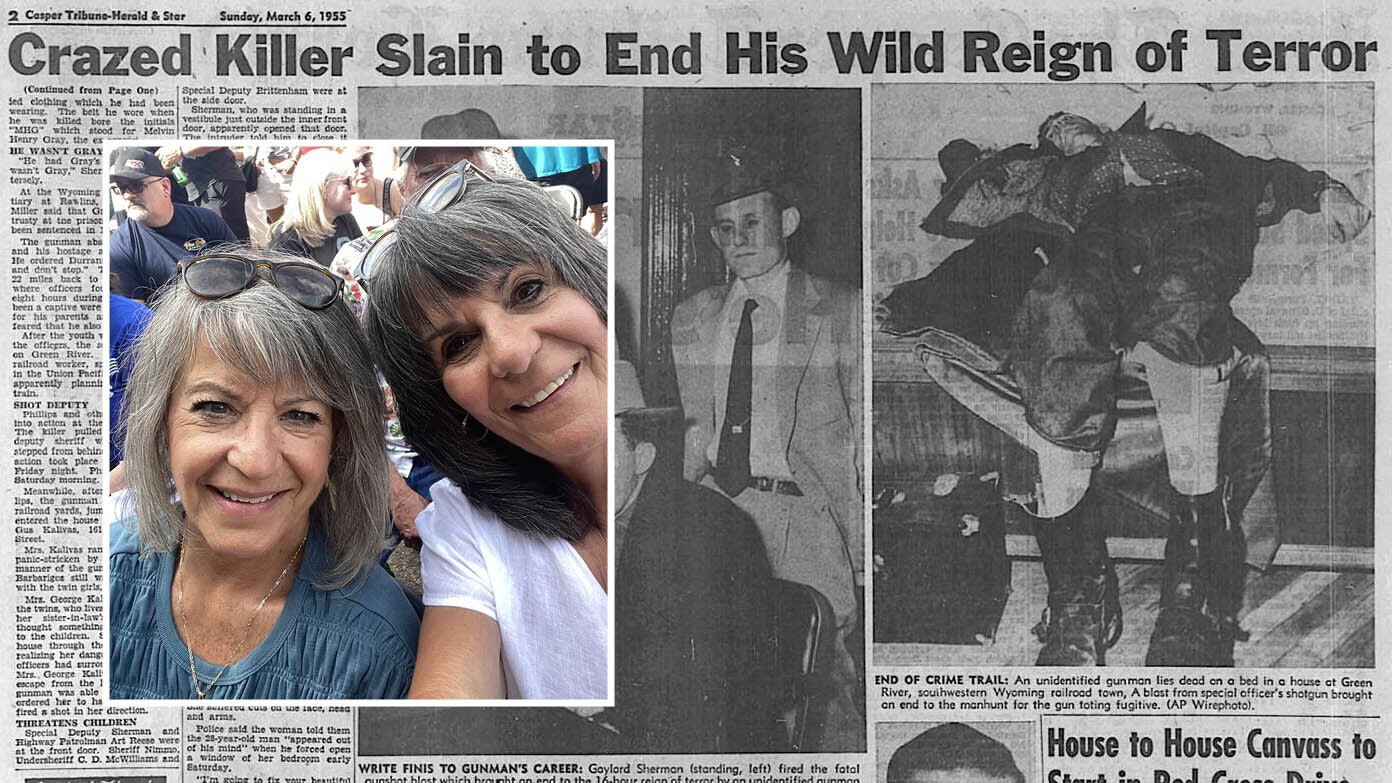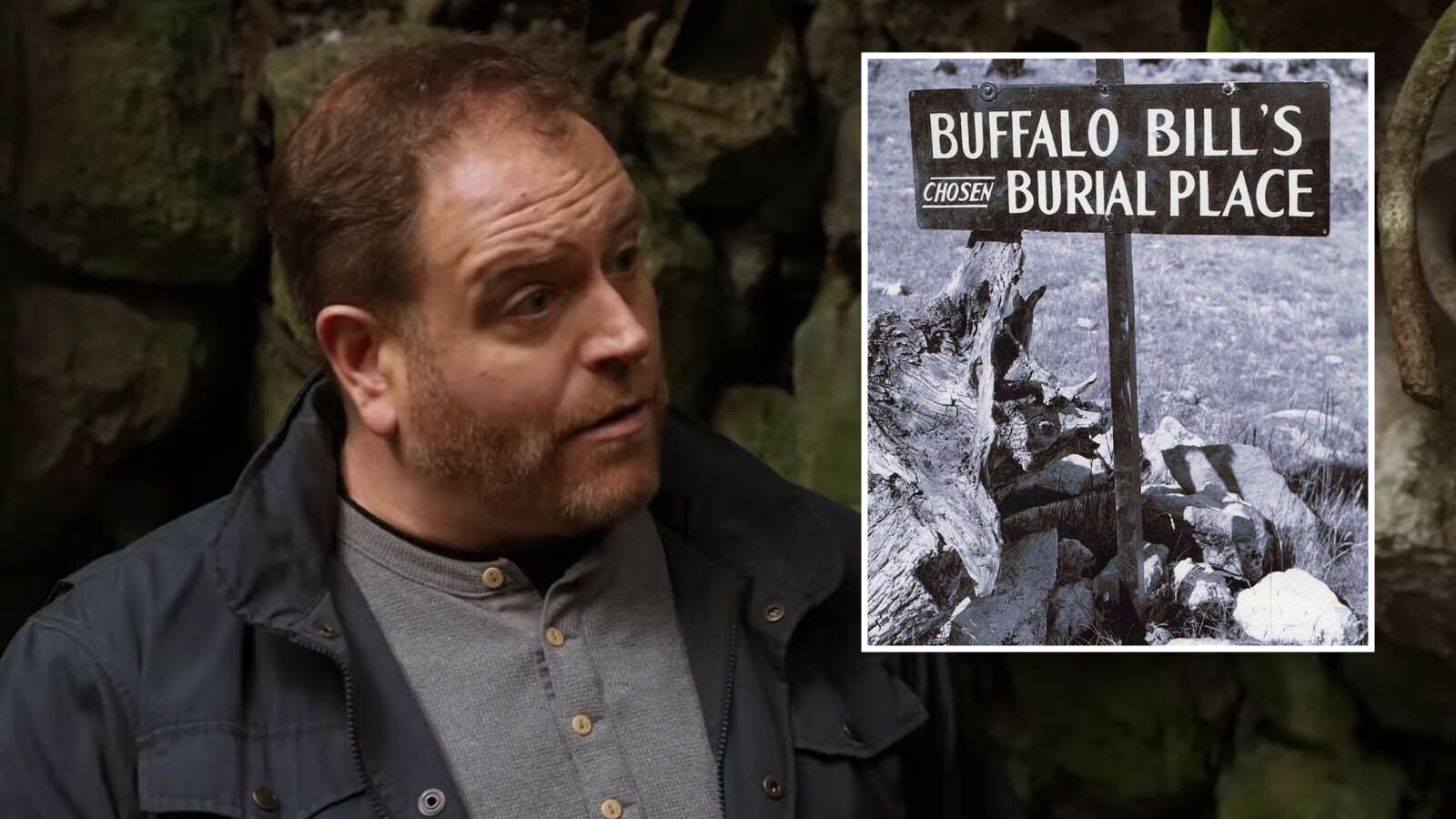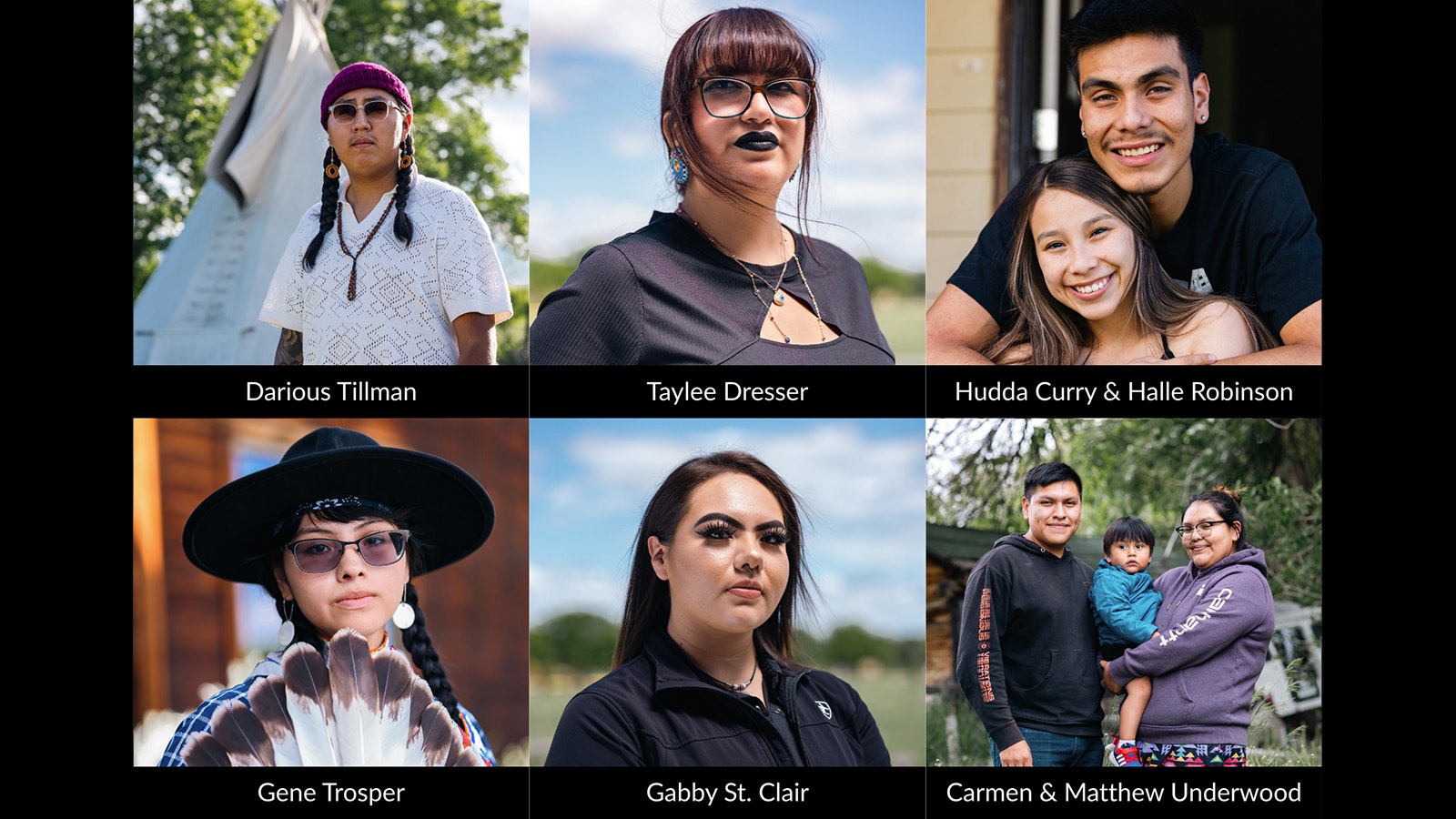Although railroads haven’t used cabooses for decades, they’re still iconic – and a much-beloved one that served as a gathering place and resting spot at a trailhead in the Snowy Range is gone.
A Laramie-based group, Friends of the Medicine Bow Rail Trail, did all they could to save the caboose after it was gutted during the massive Mullen Fire in 2020.
But in the end, the caboose was too far gone, and a U.S. Forest Service contractor demolished it last week.
It might never be replaced.
The Fire’s Toll Was Too Heavy
“Sadly, after the fire, the caboose was not worth saving,” vintage railroad expert Michael Pannell told Cowboy State Daily.
Pannell owns Vintage Rail Restorations in Cheyenne and collects and restores old railroad equipment and vehicles, such as a rare Union Pacific bus.
Friends of the Medicine Bow Rail Trail called him in recently to inspect the caboose to see if there was any chance that it could brought back from its fire-ravaged state.
Pannell determined the fire had taken too heavy a toll on the old caboose.
“We were hoping that after the fire, we could move the caboose and save it, but sadly, the body was just too warped,” he said.
The caboose was a popular landmark, and a great place for weary travelers to rest, and even sleep overnight, Tom Burkett, the rail trail group’s chairperson, told Cowboy State Daily.
The group would like to replace it with another caboose, but that probably isn’t feasible, at least not anytime soon, he said.
“I don’t know if our organization could do much, we don’t have a whole lot of money,” Burkett said.
‘It Was A Spectacular Railroad’
The caboose had its glory days running on the now-defunct Laramie, Hahns Peak & Pacific Railroad, Pannell said.
That was an independent spur off the main Union Pacific tracks; it ran between Laramie and a sawmill in Walden, Colorado.
The Medicine Bow Rail Trail was built over a section of its old railbed. It’s a 21-mile hiking, cycling and equestrian trail through parts of the Medicine Bow National Forest in the Snowy Range.
The rail line was active for roughly a century, from 1901 until the late 1990s, Pannell said.
It was still active when he first moved to Wyoming in 1995.
“It was spectacular railroad and it was really sad when it got shut down,” he said.
The Owen Lake caboose was a fairly run-of-the mill Union Pacific unit that was built in the late 1940s. For part of its working life, it ran on the Laramie-to-Walden line, probably in the 1980s, Pannell said.
Cabooses used to be a vital part of railroading.
They brought up the rear of a train and were usually crewed by a conductor and a brakeman, Pannell said.
Their main job was to keep an eye on the train in front of them.
“If anything went wrong with the train, they could apply the brake from inside the caboose,” he said.
Cabooses were functional, not luxurious.
“The conductor and brakeman had desks in there. And they had beds in there too, if they needed them,” Pannell said.
Starting in the 1980s, electronic light boxes in locomotives rendered cabooses obsolete. The lights would alert engineers to any problems with the cars behind them.
Rail companies no longer saw the need for the additional crew members, or the time it took to switch cabooses between trains.
“It was all about money, it always is,” Pannell said.
With the cabooses obsolete, Union Pacific and other railroads started practically giving them away.
“Almost every town in southern Wyoming and northern Colorado had a caboose given to them,” he said.

Near-Mint Condition
After it was taken out of service, the trail caboose sat idle at Fox Park, a tiny community in the Snowy Range mountains west of Laramie.
David Durbano of the Wyoming and Colorado Railroad Co. donated it to the rail trail group, and it was rolled down the tracks to Lake Owen in 1999, even as the rails of the old Laramie-to-Walden line were being pulled.
Two sections of rail were left at Lake Owen for the caboose to sit on.
And people loved having it there, friends of the rail trail treasurer Amber Travsky told cowboy State Daily.
“That caboose kind of got to be a feature on the rail trail. You could tell everybody, ‘I’ll meet you at the caboose,’ and everyone would know where that was,” she said.
The rail trail group put lots of sweat and elbow grease into cleaning and refurbishing the caboose’s interior – making it a comfortable place to hang out, or even sleep in.
There were plans make it into an overnight rental cabin. But it couldn’t meet the standards of the Americans with Disabilities Act, because “it was too narrow for wheelchair access,” Travsky said.
Pannell said he inspected the caboose once before the fire, and the interior was in near-mint condition.
The Fire Strikes
The caboose had an adoring fanbase and, so it seemed, a permanent home and purpose.
Then came the Mullen Fire.
It started on Sept. 17, 2020, and burned 176,878 acres before snowfall finally snuffed it out that November.
When the rail trail group found out that the caboose had been gutted by the fire, they were devastated.
“There wasn’t even that much timber around it. But I guess there was just enough timber near enough to ignite it,” Travsky said.
For four years, she and others clung to the hope that, if nothing else, the caboose could be cleaned up and donated to somebody who could refurbish it – even at a different location.
But the body damage that Pannell discovered dashed those hopes.
Cabooses All Over
If it’s ever decided to replace the Lake Owen caboose, finding another caboose would be the easy part, Pannell said.
“You could find a replacement easily,” he said.
And for cheap, or possibly even for free.
“All the cabooses I’ve had, and all the one’s I’ve got now were free, because people didn’t want them,” he said.
Transporting a caboose to Lake Owen trailhead would be the pricey part, perhaps as much as $20,000.
Cabooses are tall, and heavy, usually weighing about 38,000 pounds, he said.
So, the body and wheels would have to separated, and then each loaded on to separate “low boy” flatbed trailers, he said.
Then, it would take a crane to unload the caboose at the site.
And even if such an operation could be pulled off, the Owen Lake caboose was, in some sense, irreplaceable, he said.
“That was a perfect caboose, because it was actually used on the railroad there, and it was in great condition and in a perfect location,” Pannell said.
Mark Heinz can be reached at mark@cowboystatedaily.com.







